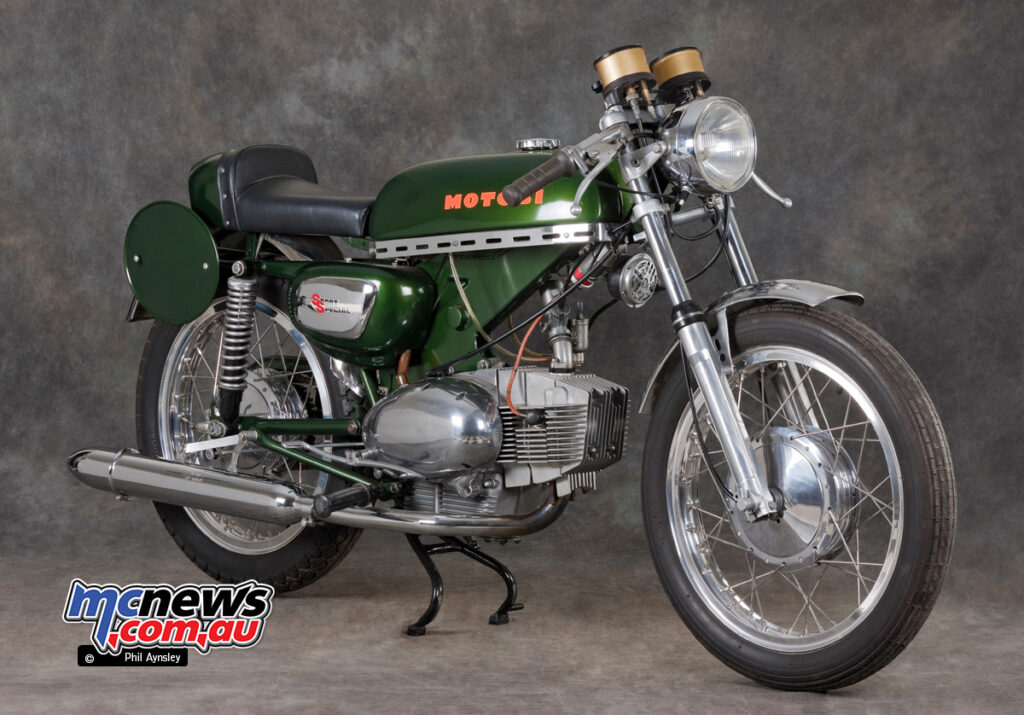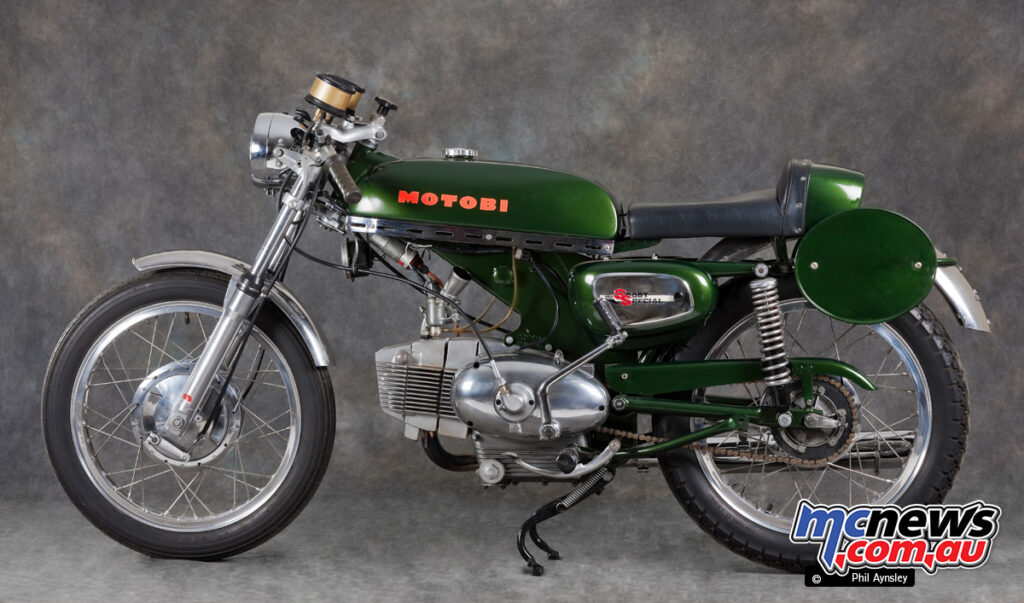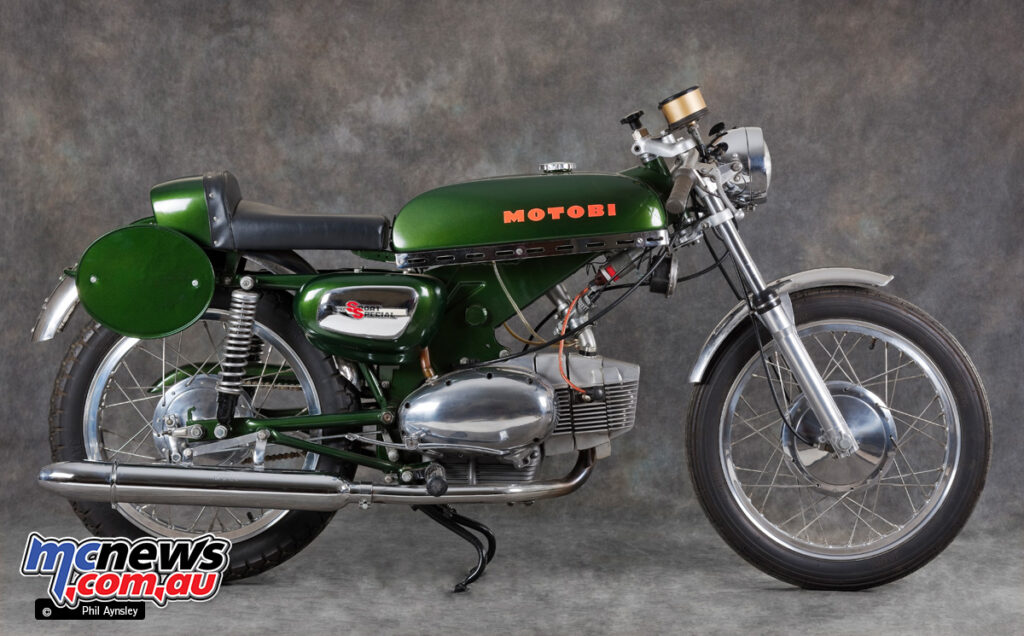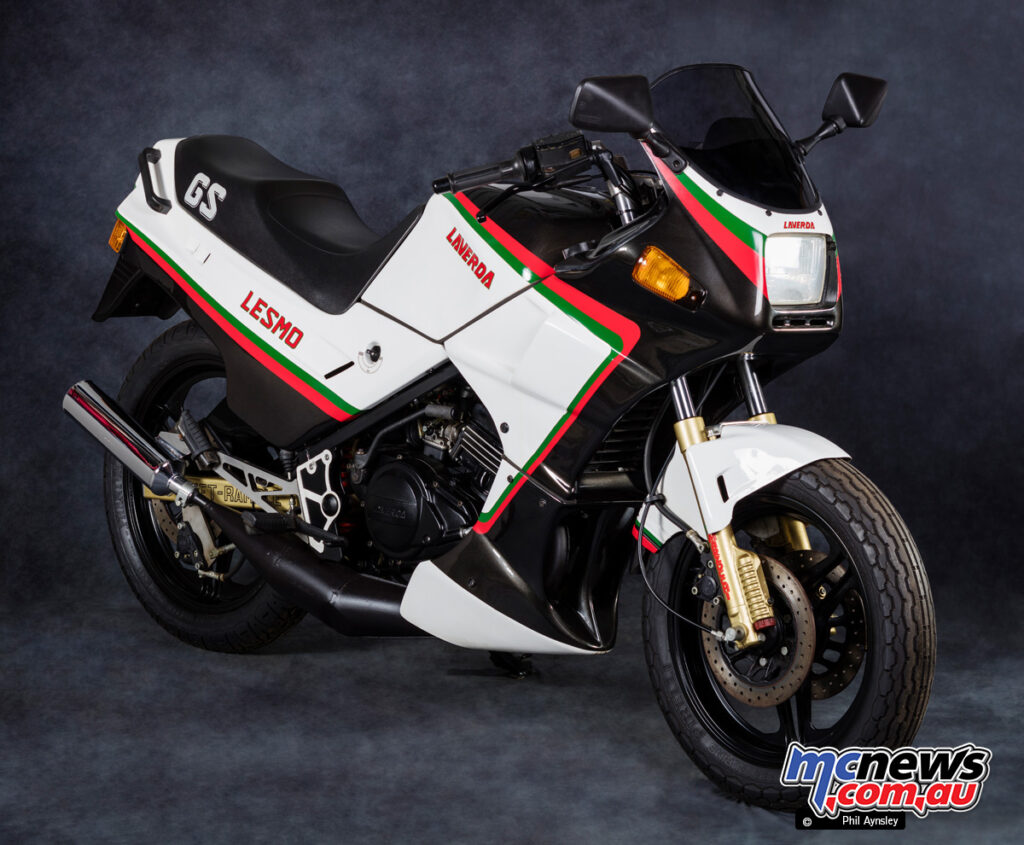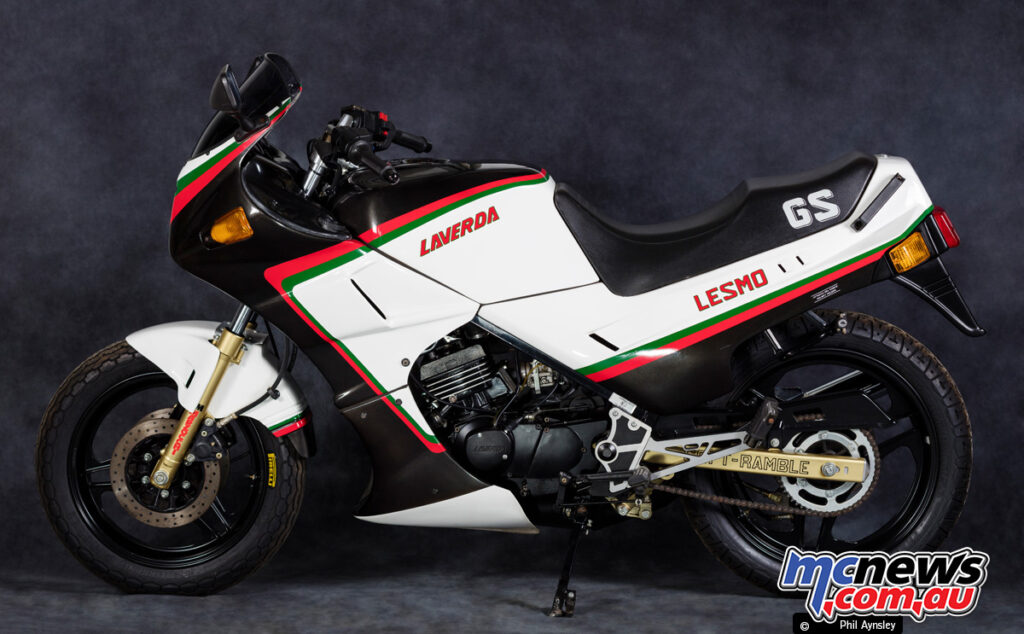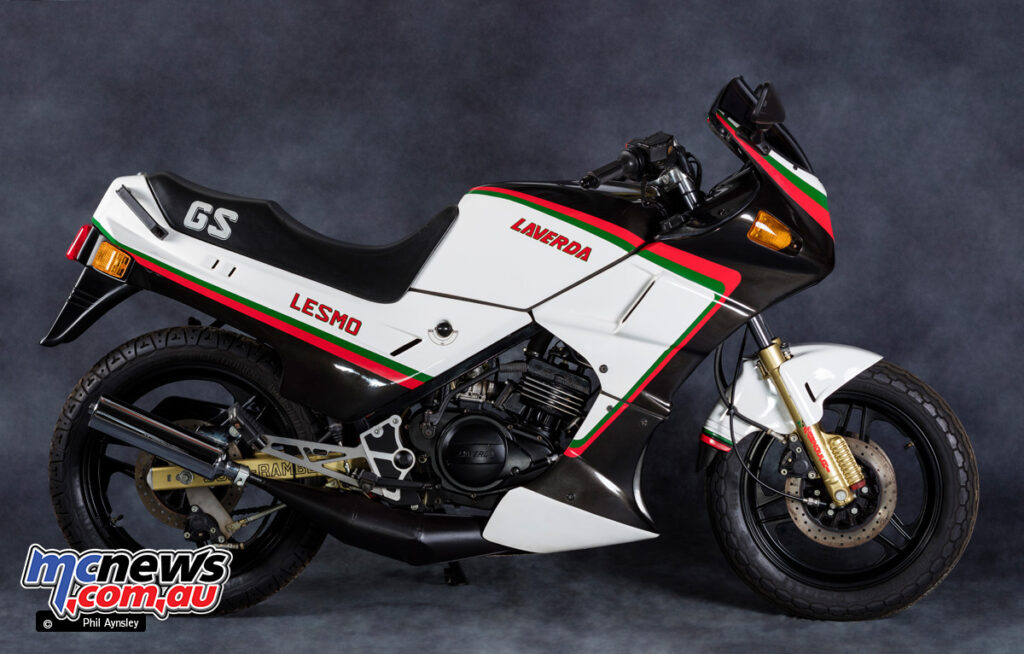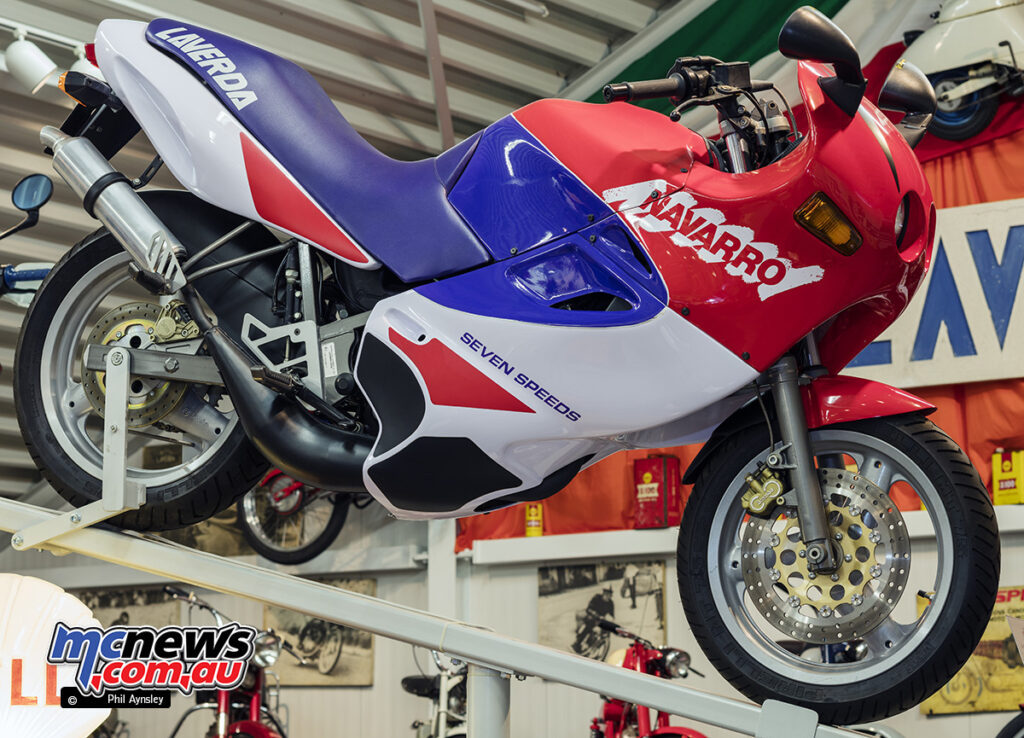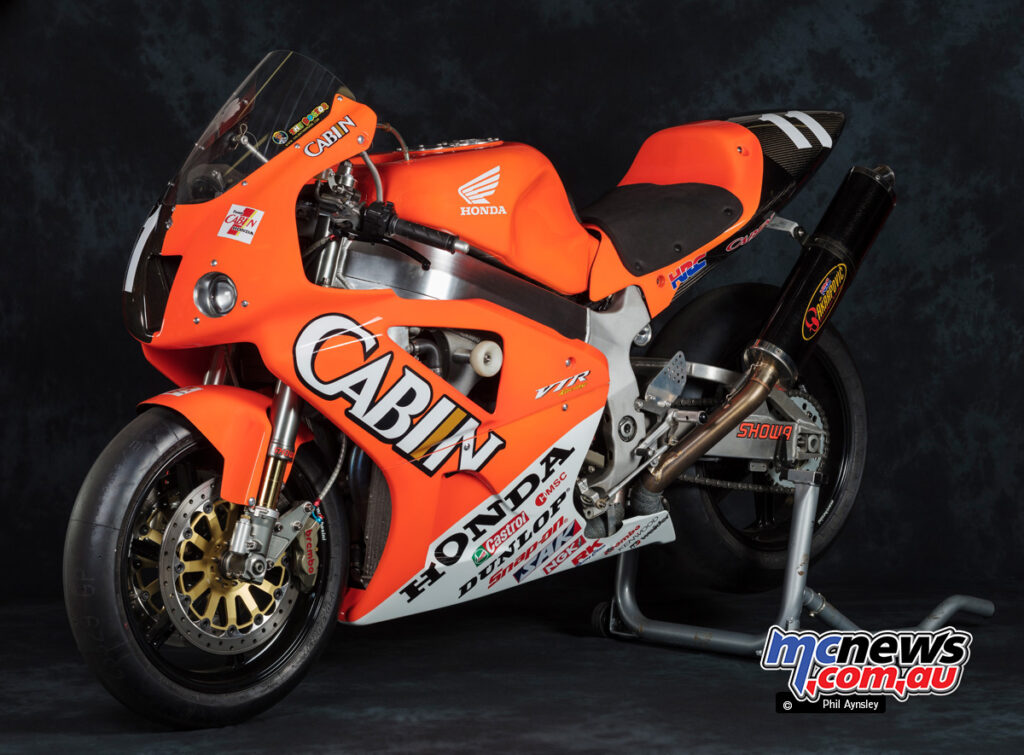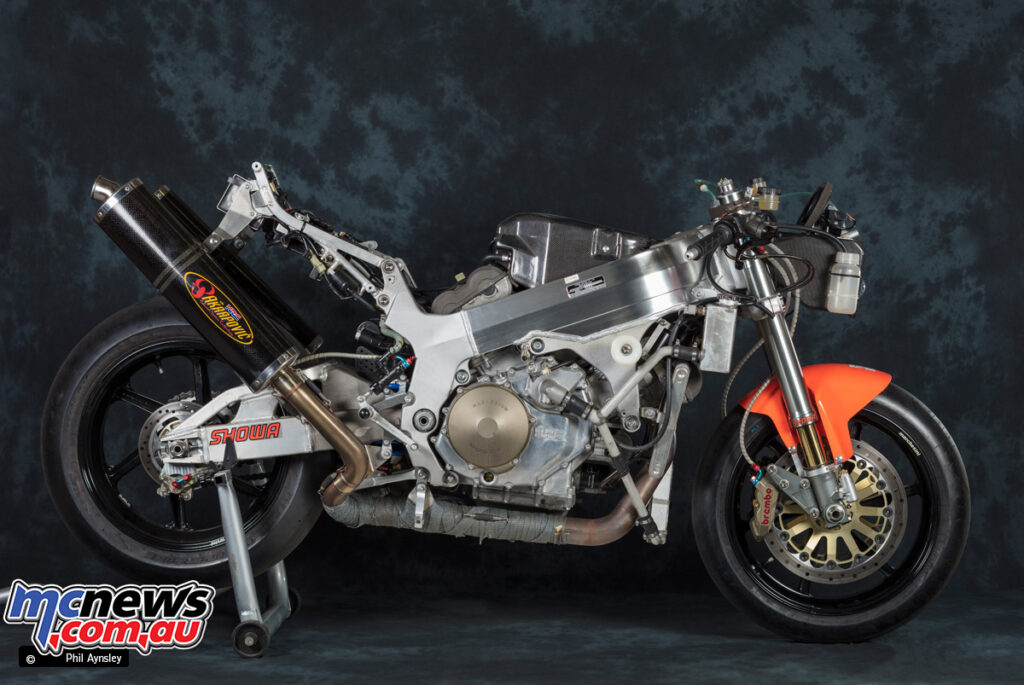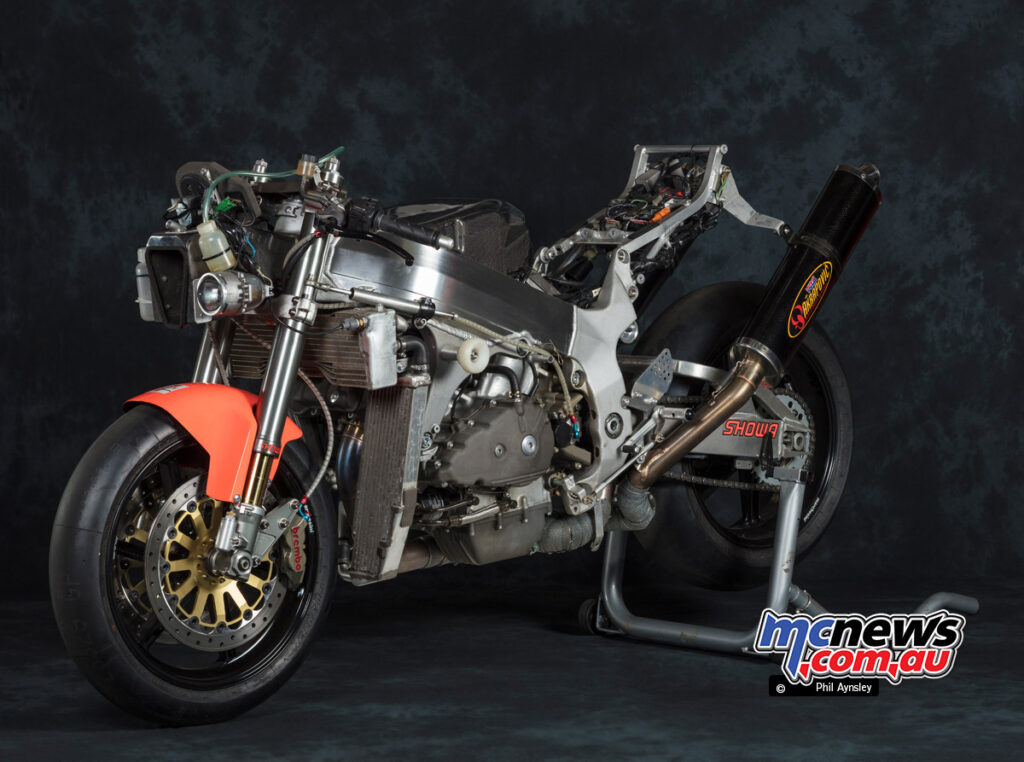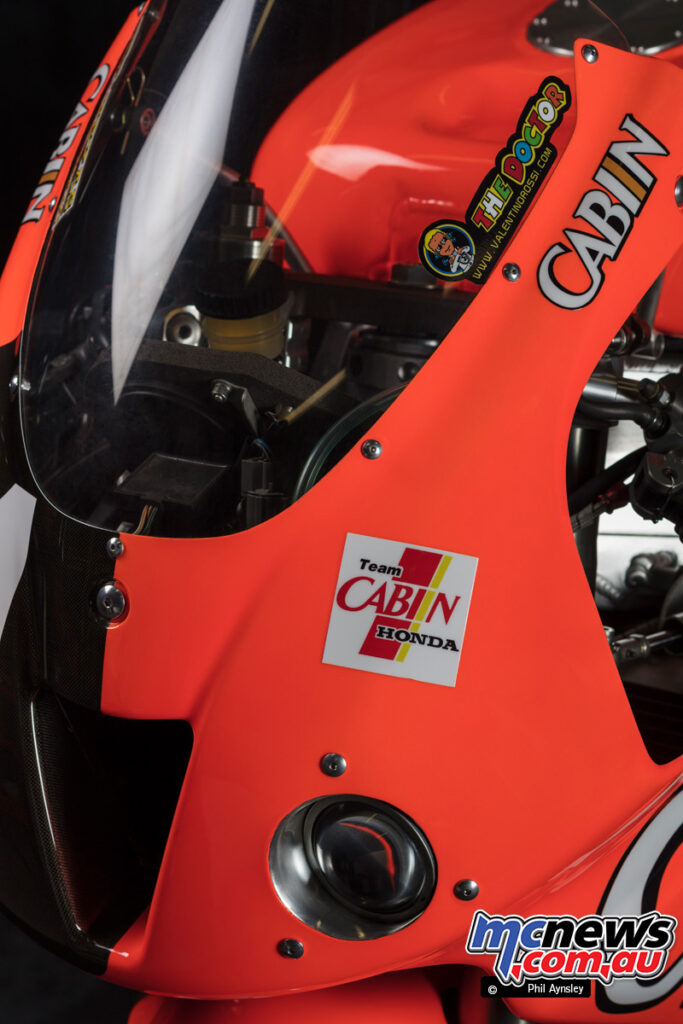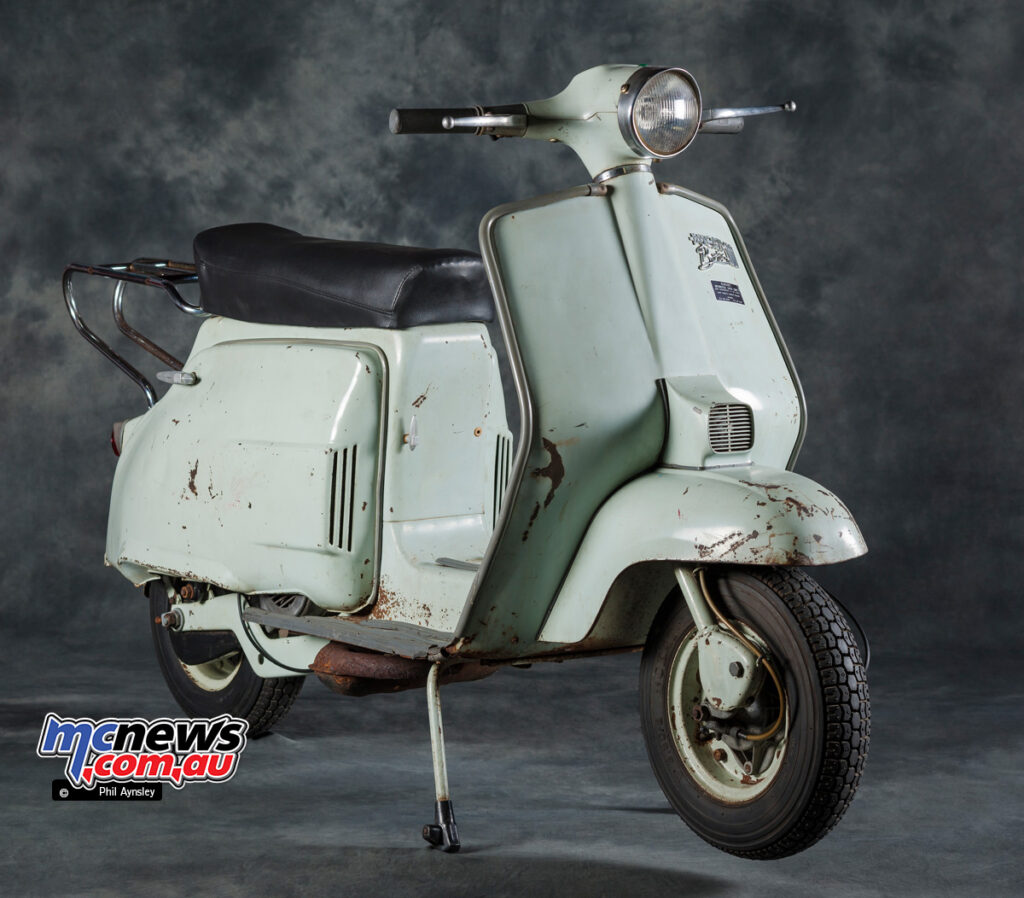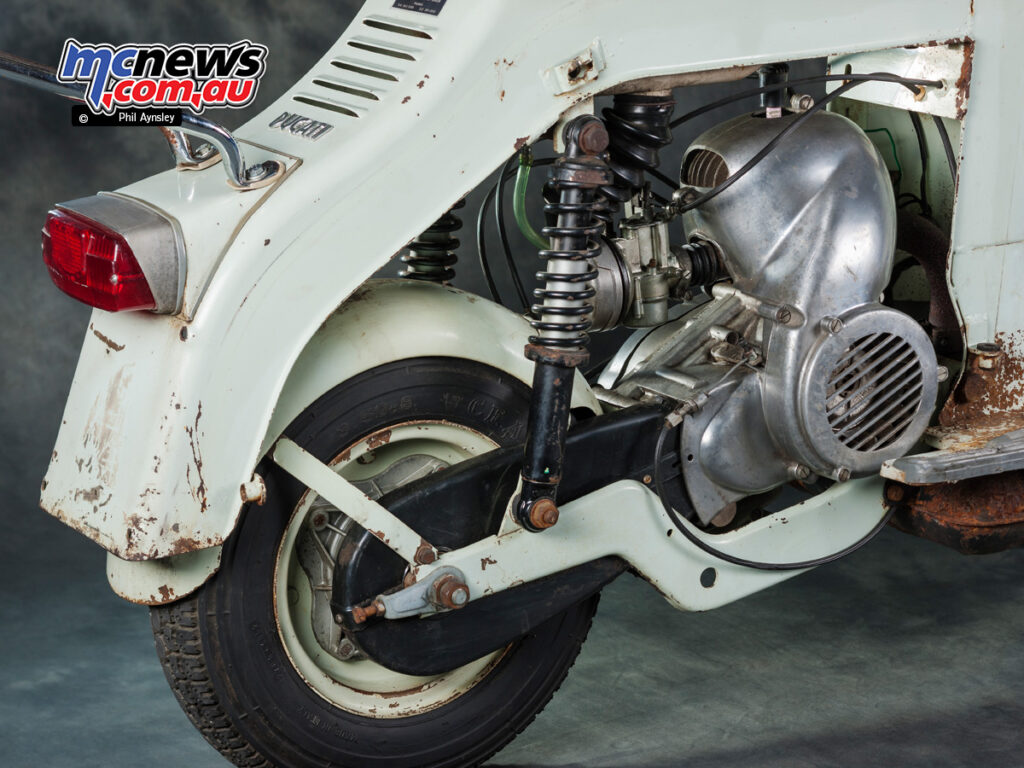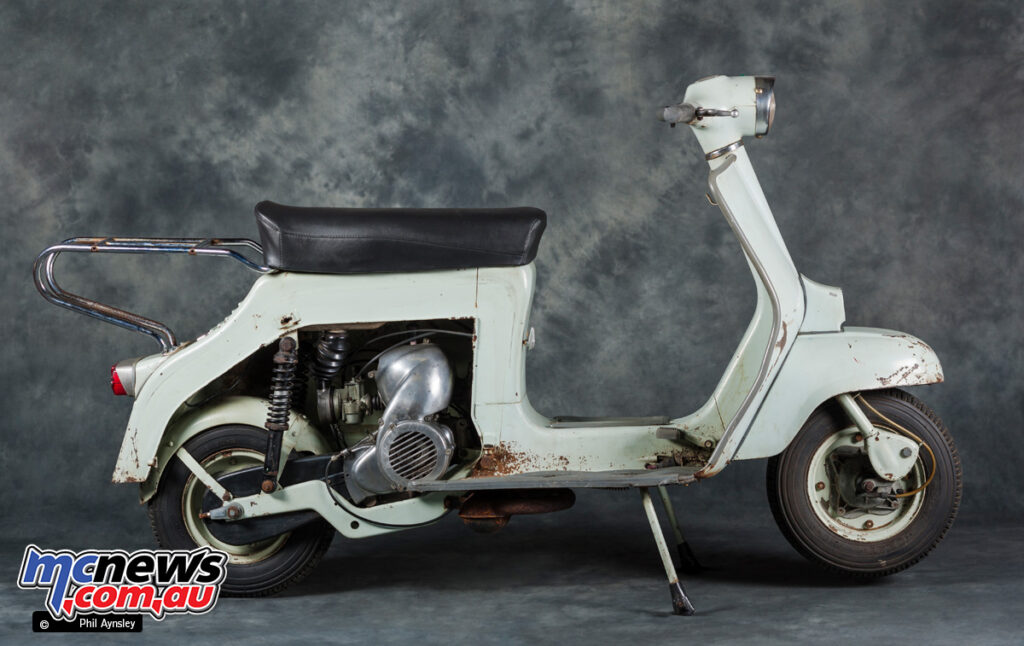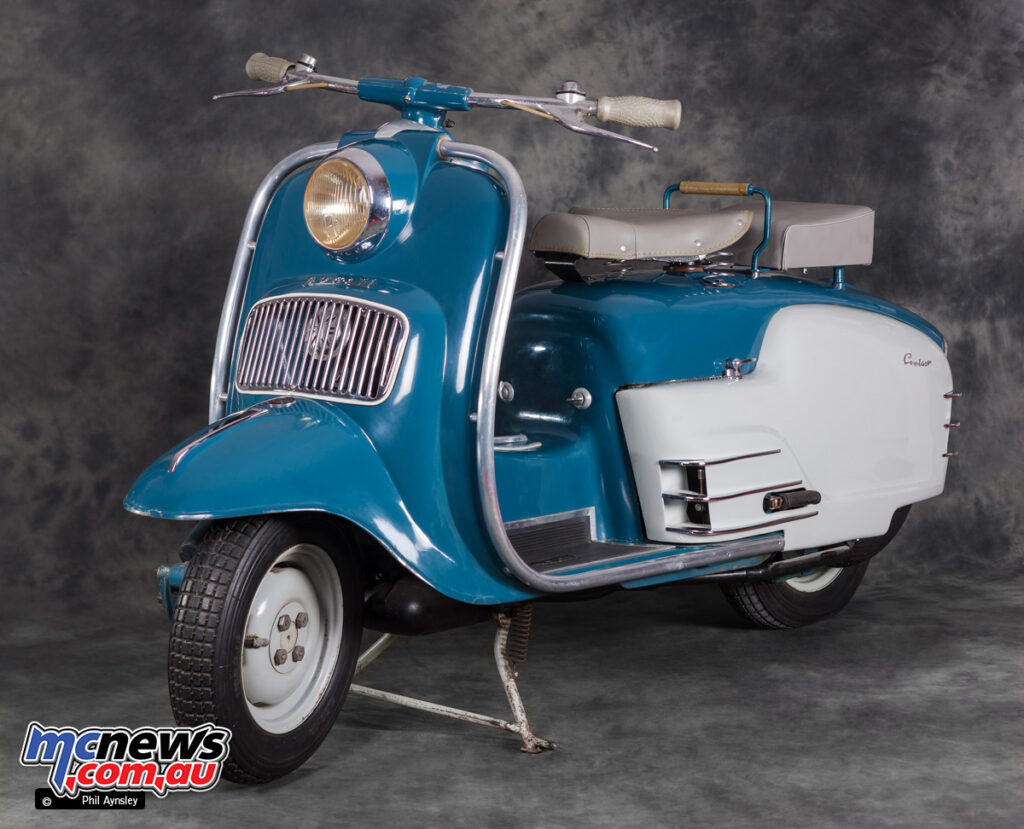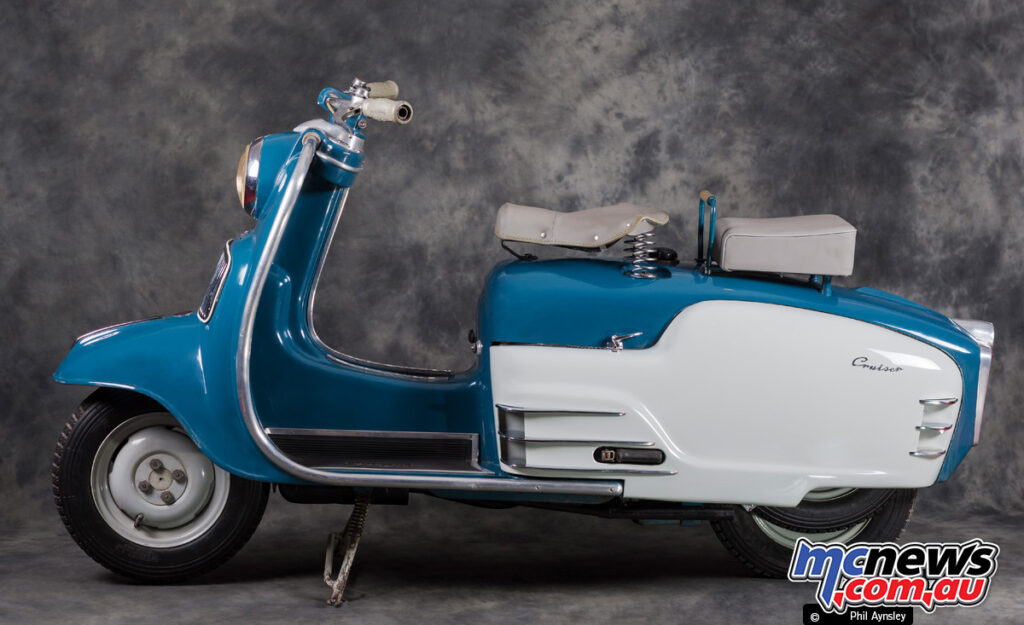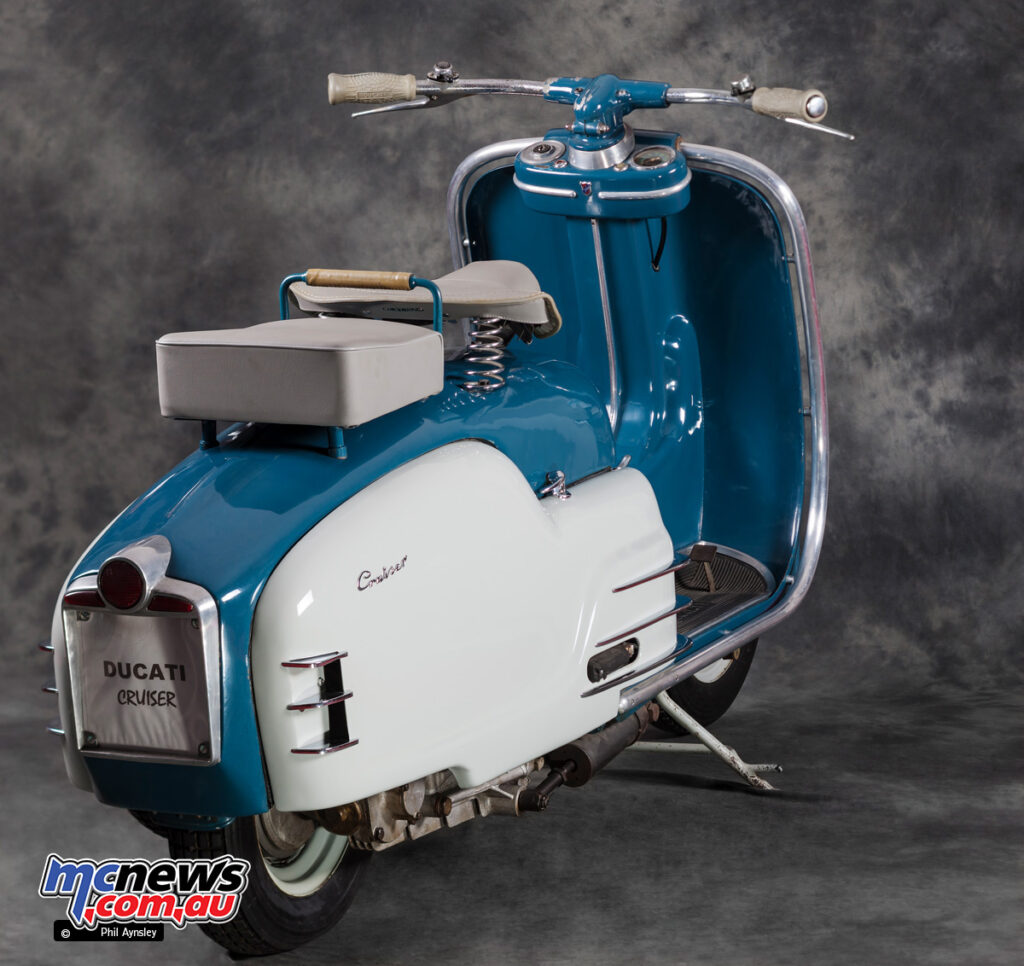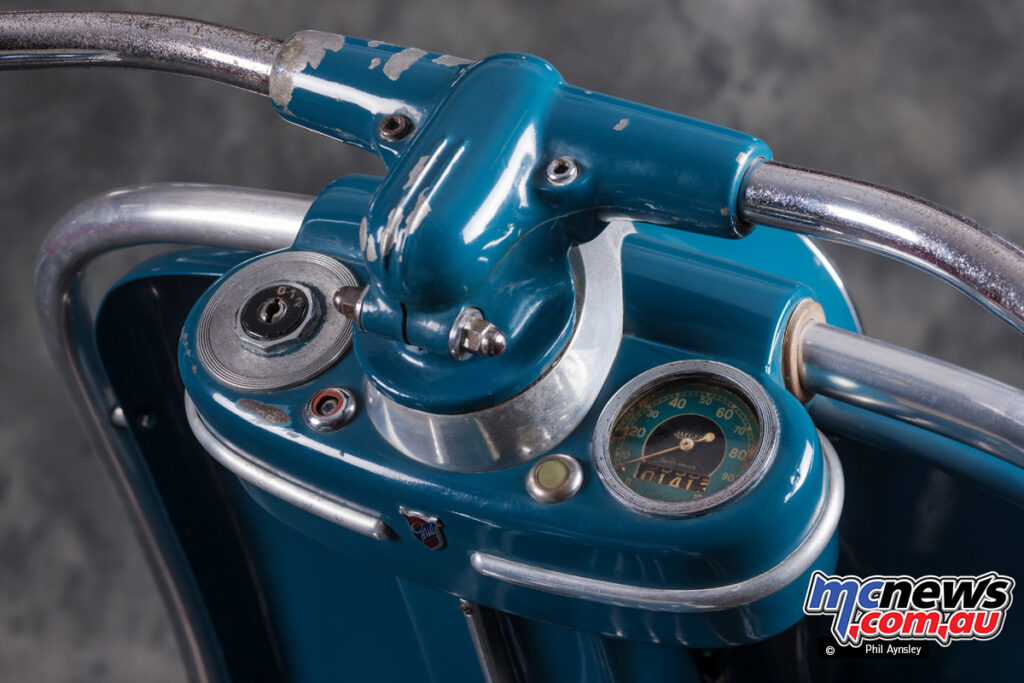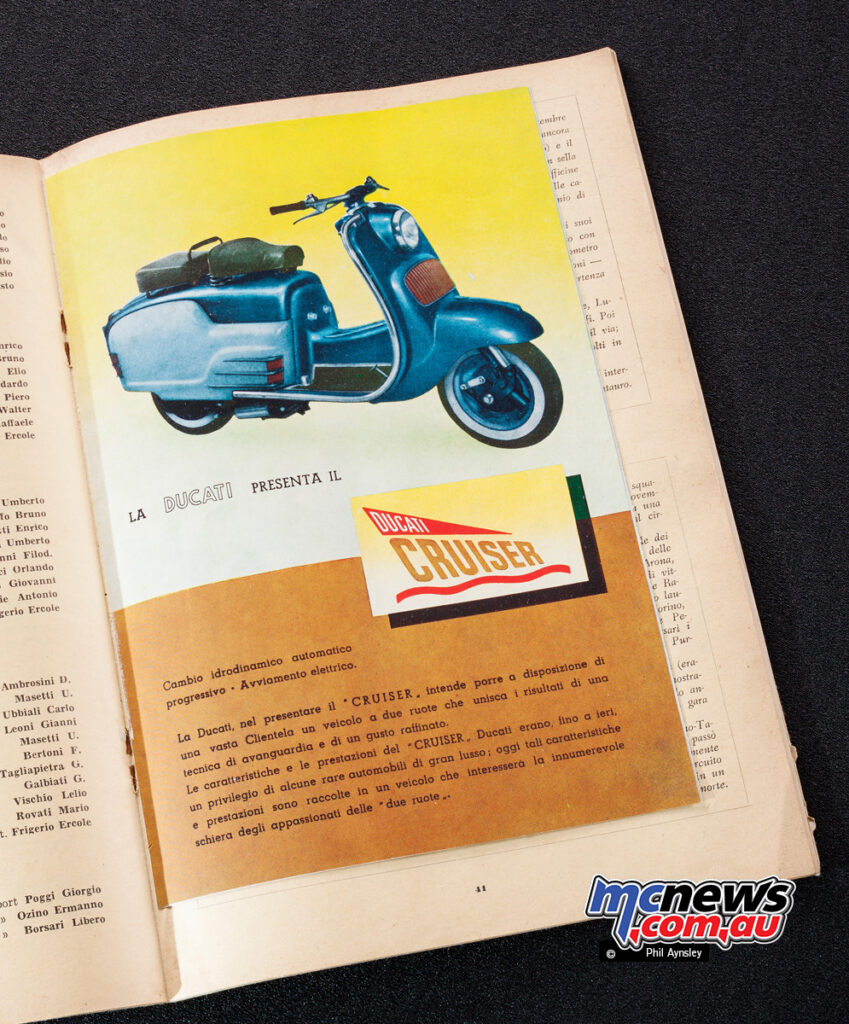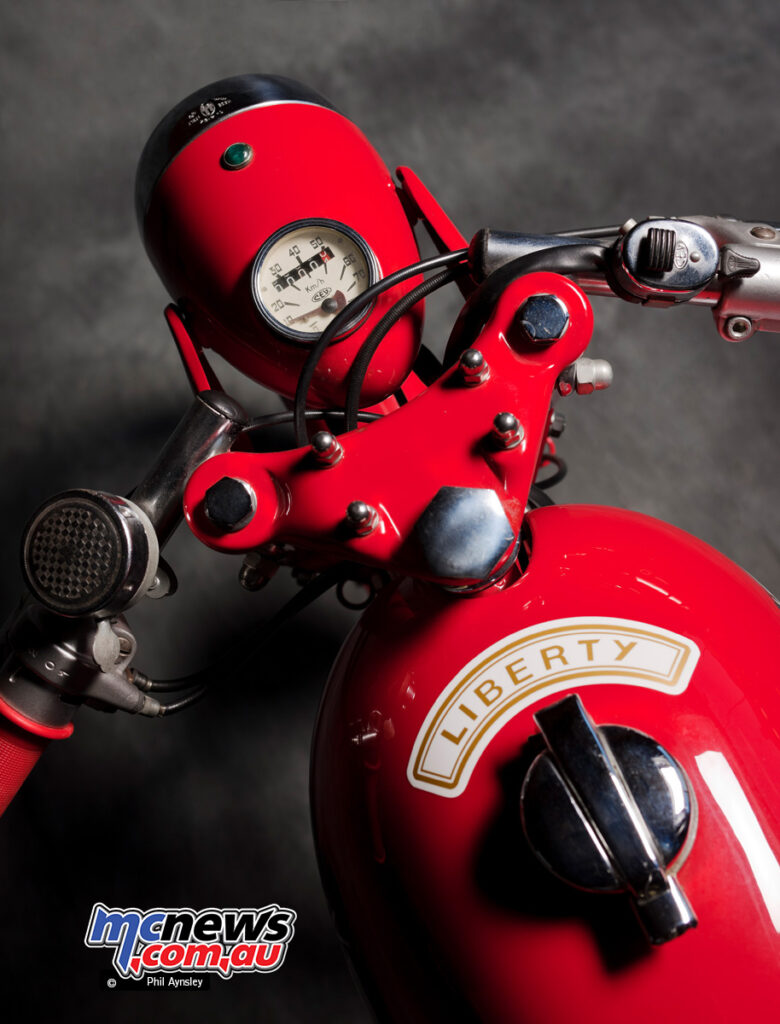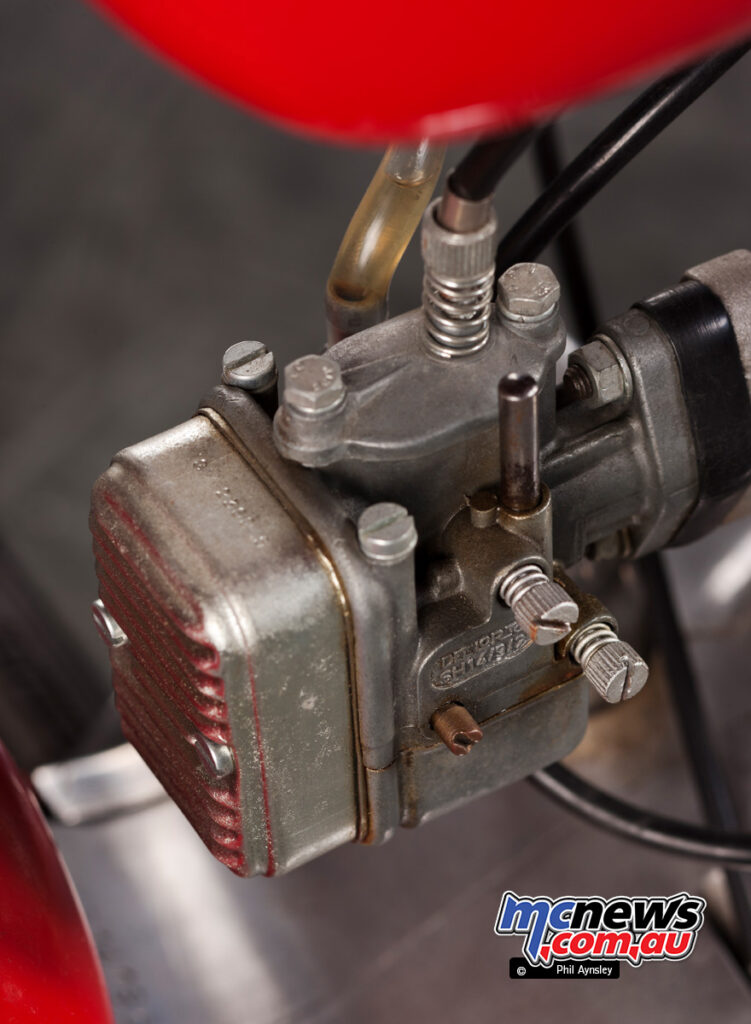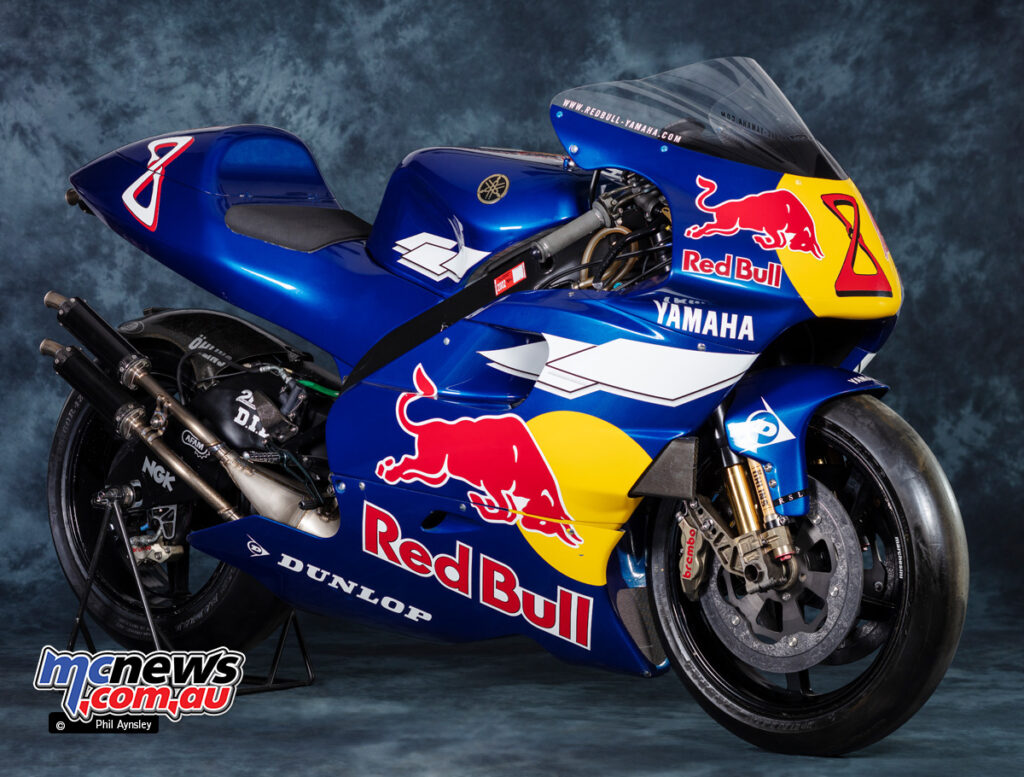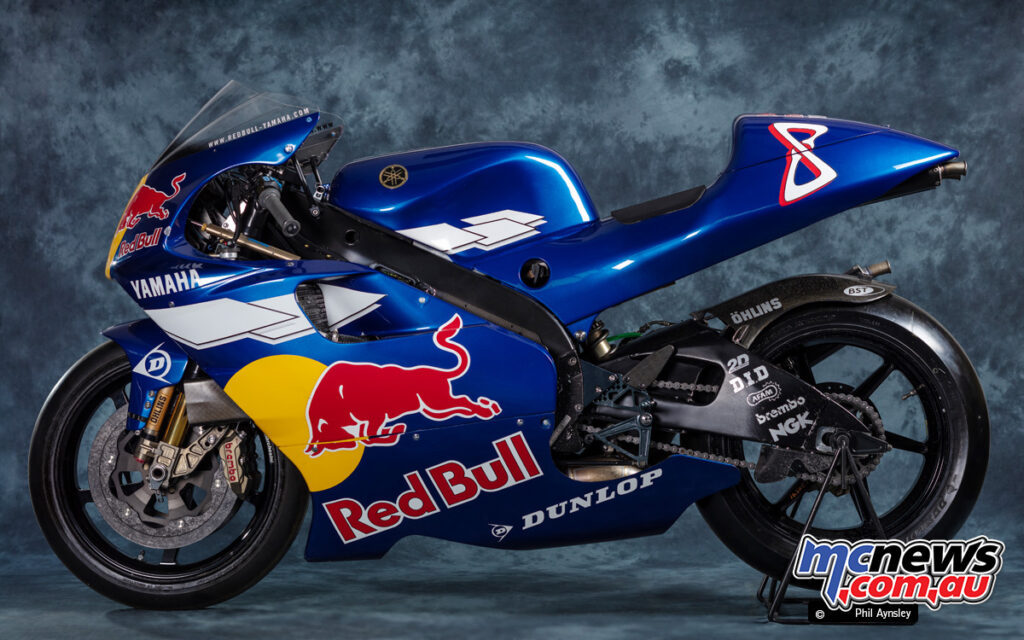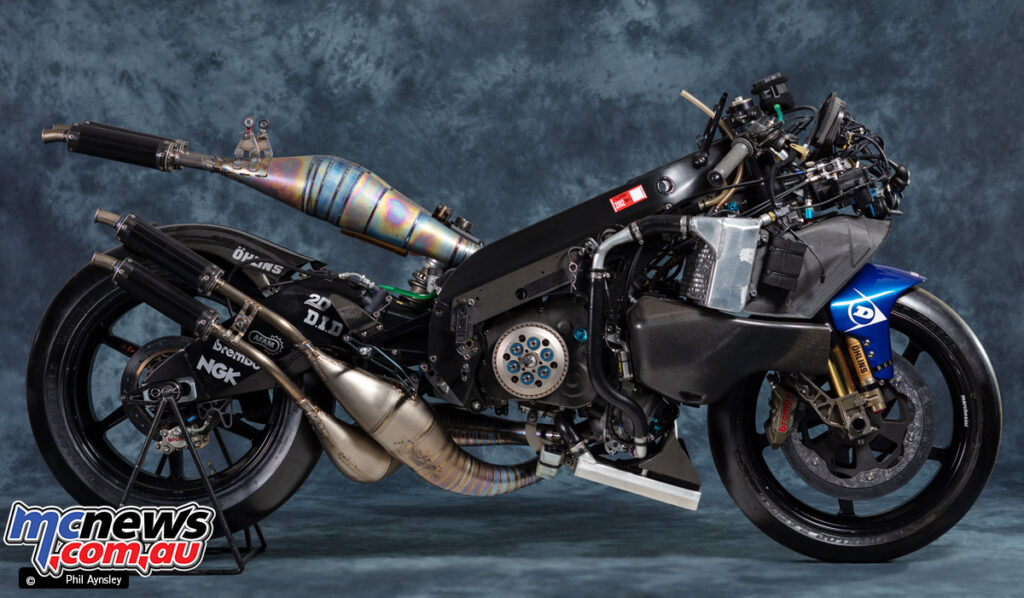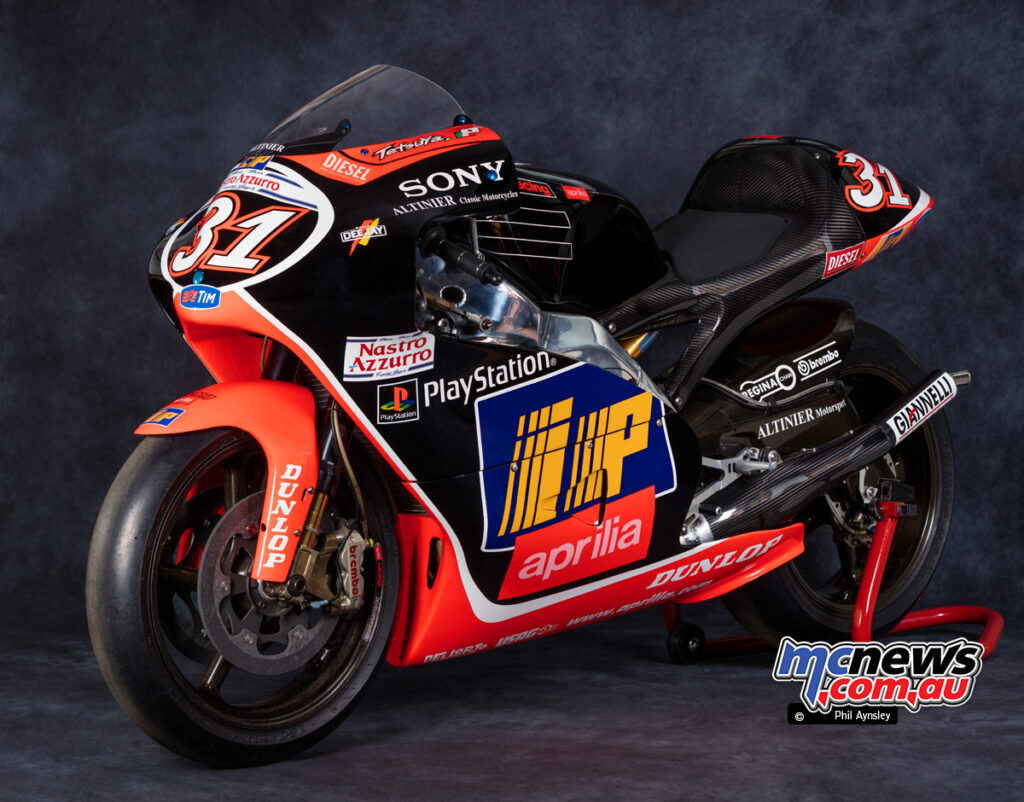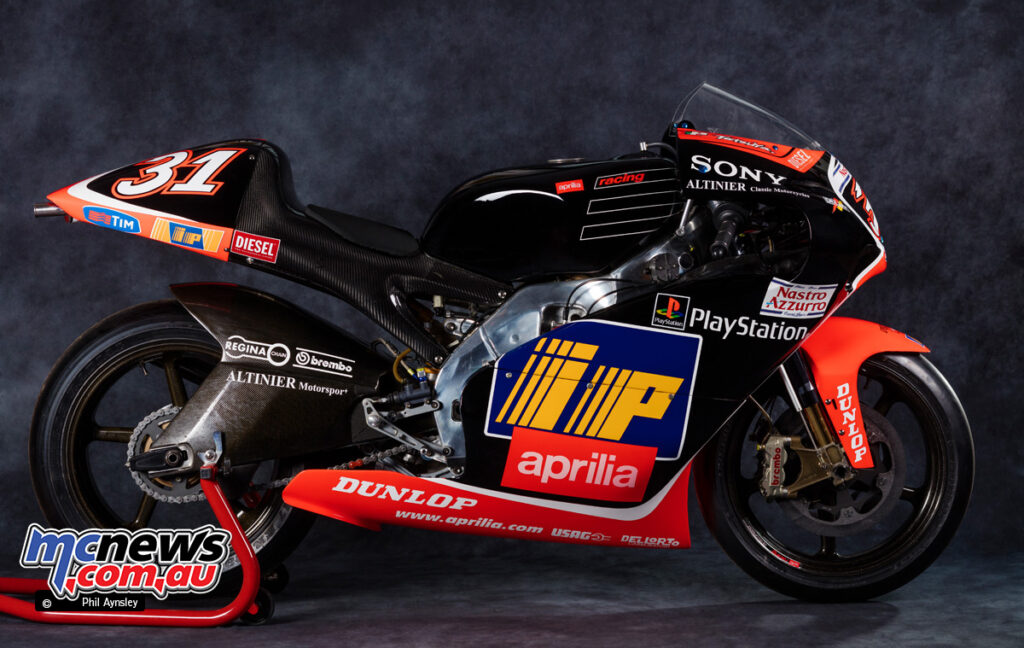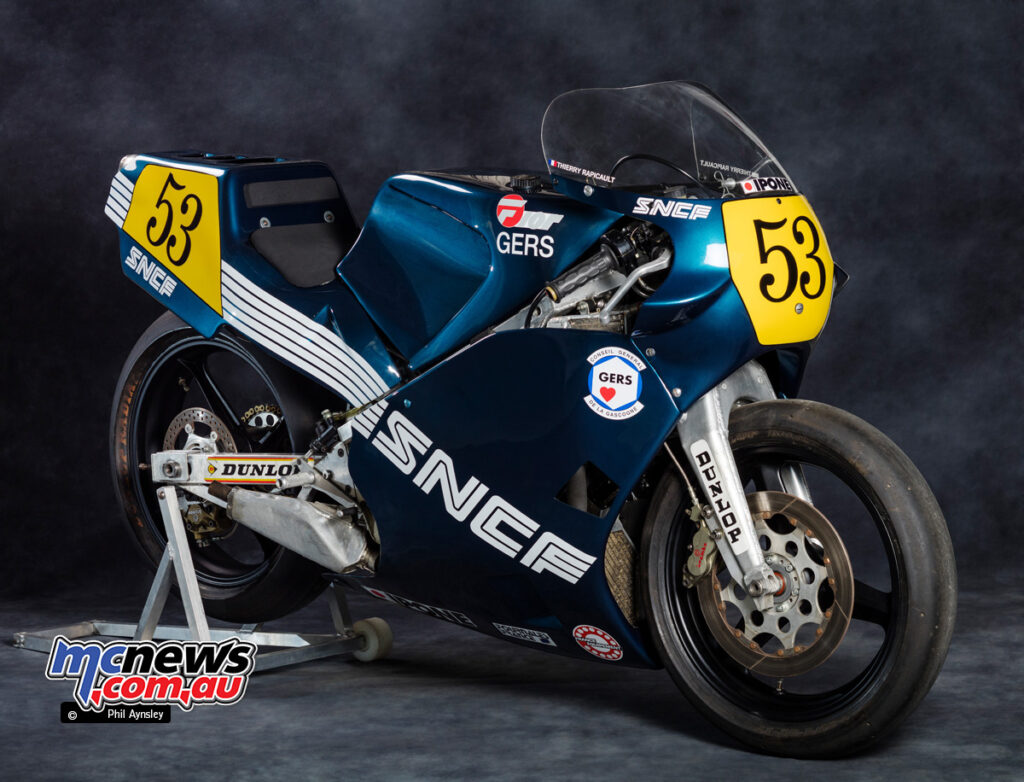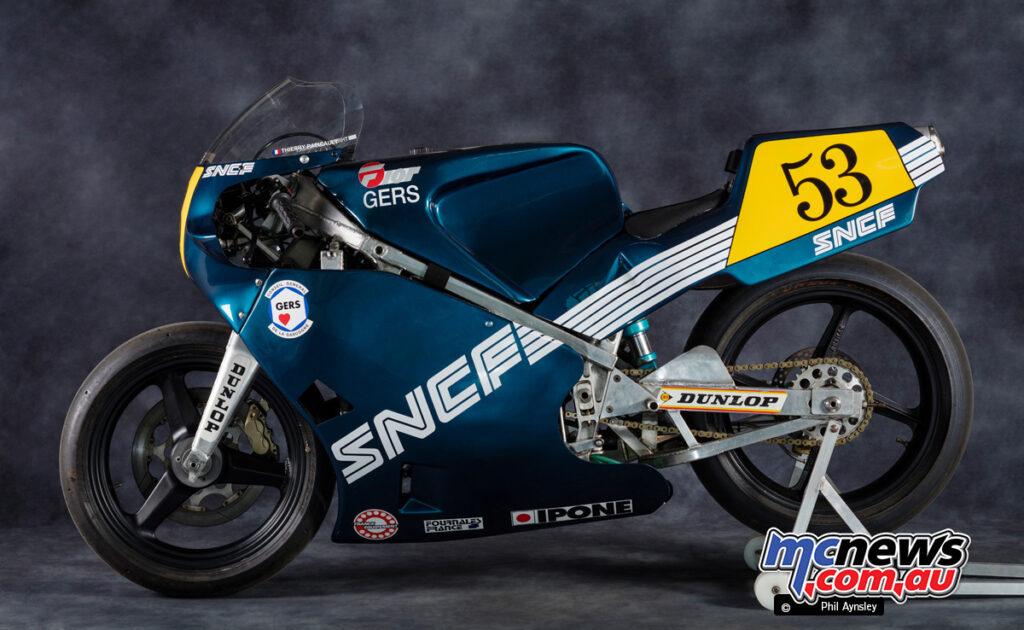Yamaha TZ500 GP Racer
With Phil Aynsley
Yamaha’s involvement in the 500cc Grand Prix class began in April 1973 at the opening round of the season at the Paul Ricard circuit in France. Jarno Saarinen won on the 0W20 from Phil Read on the MV Agusta with Saarinen’s team-mate Hideo Kanaya third. Things were off to a good start!
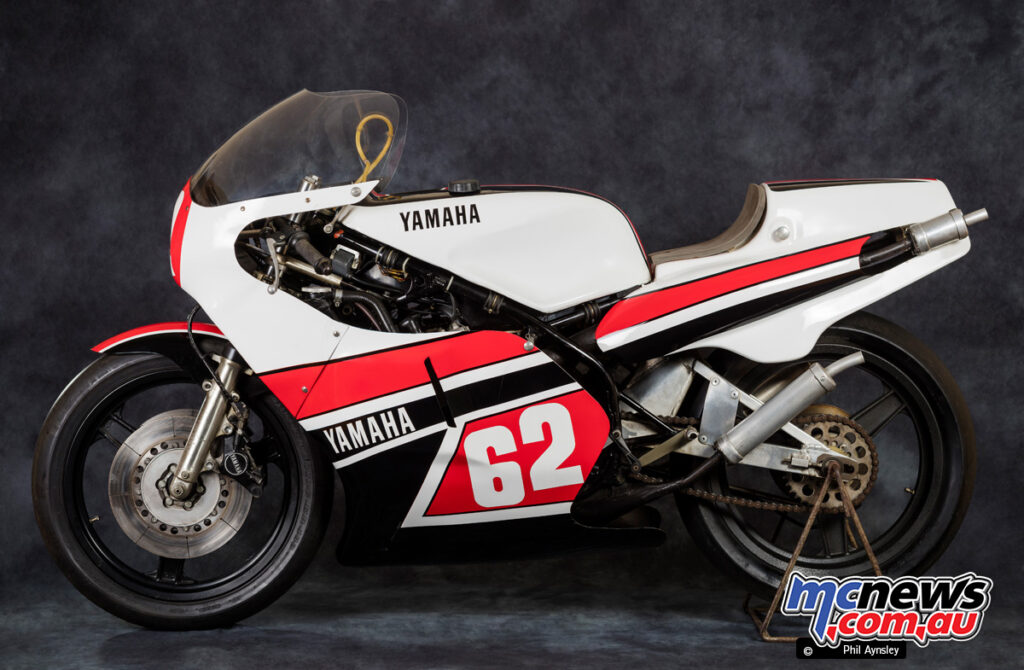
Yamaha stuck to the across the frame straight-four formula for eight models, until it tried a square-four design, the 0W54 for the 1981 season. Then V4s from 1982. The straight-four proved good enough for Agostini to claim the ’75 title, then in the hands of Kenny Roberts, to win three consecutive Rider’s Championships in ’78-’80.
Unlike arch rival Suzuki, who’s square-four RG500s dominated the grids during this period, Yamaha didn’t produce any customer versions of its 500cc bikes (in marked contrast to the number of 250 and 350s it sold), until the TZ500G was released in small numbers in 1980. It was a less than perfect copy of the 1978 factory 0W35, with many cost-cutting features compared to the 0W35, let alone the then current 1980 0W48!
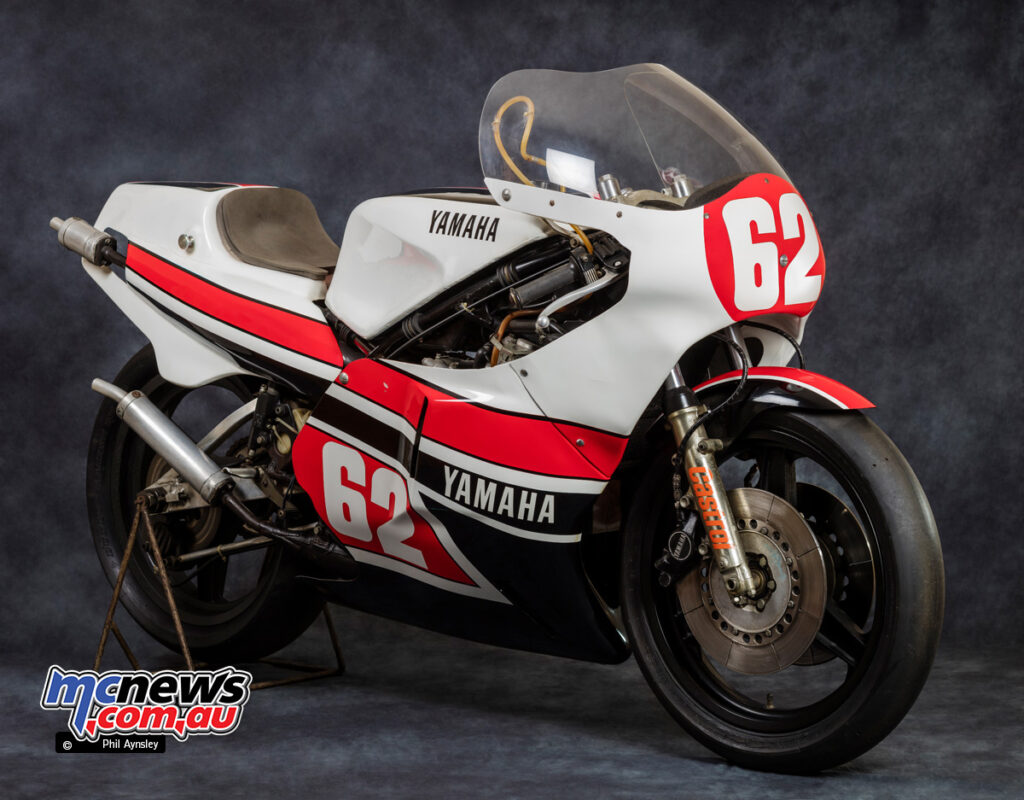
1981 saw the TZ500H made available – 1981 Yamaha TZ500H ‘0W’ 500 Grand Prix ‘customer’ bike, then for 1982 the TZ500J became the final Yamaha straight-four customer machine. It was based on the 1980 0W48R and featured reversed outer cylinders that placed their two carburettors in the front of the motor.
This enabled the exhausts to have a much straighter run. Output was still about 10 hp down compared to the 0W48R however. The front discs were enlarged from 300 to 320 mm compared to the ‘H’ model.
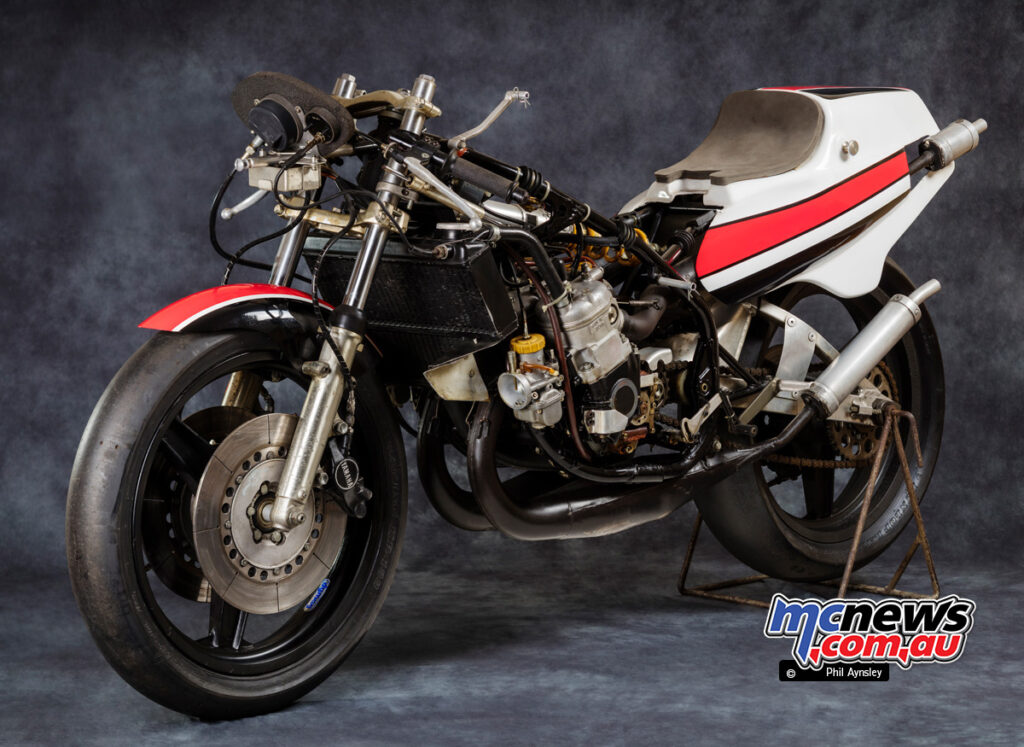
By all accounts Yamaha’s three TZ500 models were a fairly disappointing effort that didn’t handle particularly well and were normally no match for Suzuki’s RG500s. This particular bike is ex-Japan and is in the colours of the bikes used in the movie “Dirty Hero” but it isn’t known if it appeared on screen. Power was 110+ hp, with a dry weight of 135 kg.
Source: MCNews.com.au

